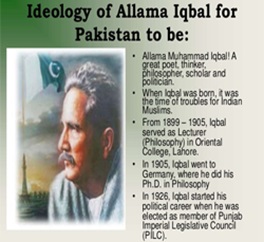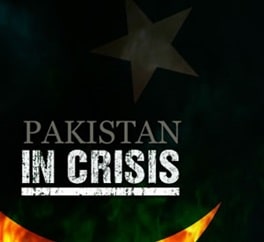A mission statement is a declaration of attitude and outlook more than a statement of specific details. It usually is broad in scope for at least two major reasons. First, a good mission statement allows for the generation and consideration of a range of feasible alternative objectives and strategies without unduly stifling management creativity. Excess specificity would limit the potential of creative growth for the organization. On the other hand, an overly general statement that does not exclude any strategy alternatives could be dysfunctional. Apple Computer’s mission statement, for example, should not open the possibility for diversification into pesticides, or Ford Motor Company’s into food processing.
Second, a mission statement needs to be broad to effectively reconcile differences among and appeal to an organization’s diverse stakeholders, the individuals and groups of persons who have a special stake or claim on the company. Stakeholders include employees; managers; stockholders; boards of directors; customers; suppliers; distributors; creditors; governments (local, state, federal, and foreign); unions; competitors; environmental groups; and the general public. Stakeholders affect and are affected by an organization’s strategies, yet the claims and concerns of diverse constituencies vary and often conflict. For example, the general public is especially interested in social responsibility, whereas stockholders are more interested in profitability. Claims on any business literally may number in the thousands, and often include clean air, jobs, taxes, investment opportunities, career opportunities, equal employment opportunities, employee benefits, salaries, wages, clean water, and community services. All stakeholders’ claims on an organization cannot be pursued with equal emphasis. A good mission statement indicates the relative attention that an organization will devote to meeting the claims of various stakeholders. More firms are becoming environmentally proactive in response to the concerns of stakeholders.
An effective mission statement arouses positive feelings and emotions about an organization; it is inspiring in the sense that it motivates readers to action. An effective mission statement generates the impression that a firm is successful, has direction, and is worthy of time, support, and investment.
It reflects judgments about future growth directions and strategies based upon forward-looking external and internal analyses. A business mission should provide useful criteria for selecting among alternative strategies. A clear mission statement provides a dynamic in orientation, allowing judgments about the most promising growth directions and those considered less promising.
A good mission statement describes an organization’s purpose, customers, products or services, markets, philosophy, and basic technology. According to Vern McGinnis, a mission statement should:
- define what the organization is and what the organization aspires to be
- be limited enough to exclude some ventures and broad enough to allow for creative growth
- distinguish a given organization from all others
- serve as a framework for evaluating both current and prospective activities
- be stated in terms sufficiently clear to be widely understood throughout the organization
A good mission statement reflects the anticipations of customers. Rather than developing a product and then trying to find a market, the operating philosophy of organizations should be to identify customers’ needs and then provide a product or service to fulfill those needs. Good mission statements identify the utility of a firm’s products to its customers. This is why AT&T’s mission statement focuses on communication rather than telephones, Exxon’s mission statement focuses on energy rather than oil and gas, Union Pacific’s mission statement focuses on transportation rather than railroads, and Universal Studio’s mission statement focuses on entertainment instead of movies.
A major reason for developing a business mission is to attract customers who give meaning to an organization. Hotel customers today want to use the Internet, so as indicated in the E-Commerce Perspective, more and more hotels are providing Internet service.
Aleem Ahmed Qureshi
Top Contributors
Related Articles
Muneeb Ahmed serves as the Director of CMACED- Centre for Entrepreneurship Development
- Ilmkidunya
- 10/Apr/2025
Strategies to Improve Computer Security for Small Businesses | Effective Cybersecurity Practices
- Ilmkidunya
- 07/Apr/2025
Former Provincial Minister Ibrahim Murad’s Efforts Boost Pakistan’s Meat Exports by 55% to $431M in 9 Months
- Team Ilmkidunya
- 24/May/2024











































